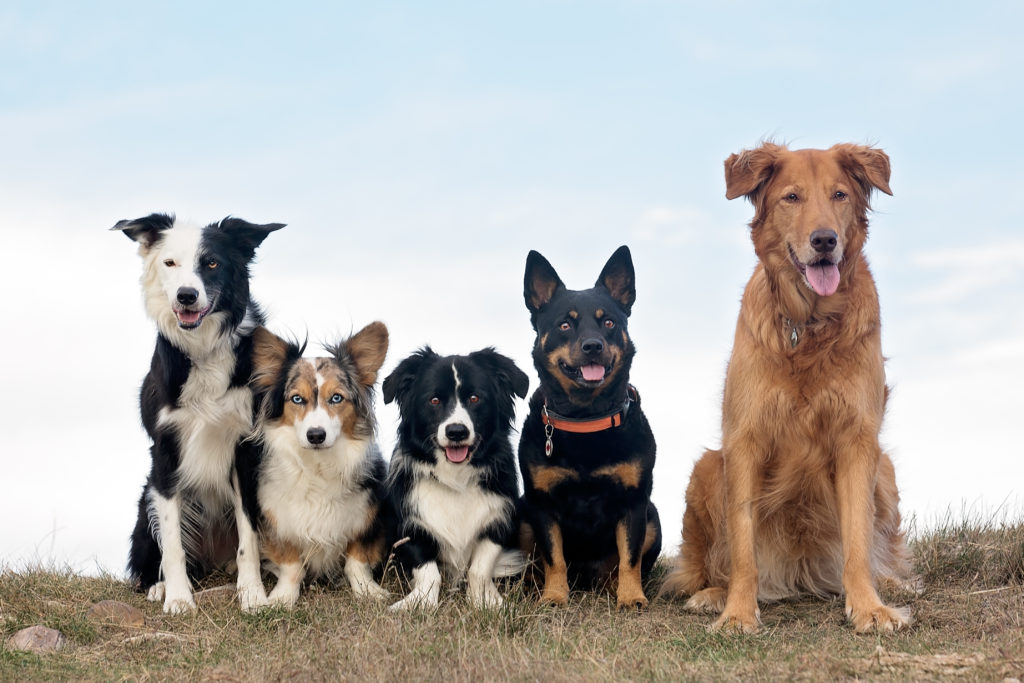Hello lovely students! Do you know how to use stative verbs such as like, smell and have? Do you know the difference between stative verbs and dynamic verbs? And do you know that sometimes a verb can be both dynamic and stative?
If the answer to one or more of these questions is no, don’t fear. I have you covered in the article below where I’ll teach you what stative verbs there are in the English language.
Let’s begin.

What are stative verbs?
Stative verbs describe states rather than an action. And no, not states such as those found in North America. Here, states mean ways of being. Stative verbs refer to thoughts and opinions, senses and perceptions, feelings and emotions, and possessions and measurements. They are also known as state verbs.
They are not used in the continuous tenses such as the present continuous, and it is common to find them in simple tenses like the present simple.
However, as it is English grammar, there are a few exceptions (but more on that further down).
With that in mind, are you ready to have a look at some extremely common stative verbs?

Stative verbs list and examples
Look at the table below for a list of stative verbs.
| agree | believe | doubt | guess |
| imagine | know | mean | recognise |
| remember | suspect | think | understand |
| misunderstand | suppose | mind | appear |
| feel | hear | look | see |
| seem | smell | taste | dislike |
| hate | like | love | prefer |
| want | wish | measure | weigh |
| own | belong | possess | have |
1) Stative verbs for thoughts and opinions
Stative verbs for thoughts and opinions include: agree, believe, doubt, guess, imagine, know, mean, recognise, remember, suspect, think, understand, misunderstand, suppose, and mind.
I agree with John. The car should not be sold.
She believes in Karma. If you do good things, good things will come your way.
They doubt they’ll get back together.
Patricia guessed Hattie would be late. She had a feeling.
Hank had imagined moving to Australia before he met Josie.
I know what you mean. I think the same thing too.
Gosh, was that woman at the party Caterina! We didn’t recognise her. She looks fantastic.
He suddenly remembered he forgot to get the birthday candles for the cake.
The police suspected that they were the gang that did graffiti on the wall.
She misunderstood the assignment but now that I’ve explained it to her, she understands.
I suppose life isn’t so bad after all.
We don’t mind collecting you from the station when you arrive.

2) Stative verbs for senses and perception
Stative verbs for senses and perception include: appear, feel, hear, look, see, seem, smell, and taste.
Lacey can be strict at work, but outside of it, she appears to be a nice person.
I was a bit ill, but I feel miles better now.
Paul heard Bradley gossiping and didn’t like it.
Have you seen Gino recently? He looks a bit sad (here look is equal to seem).
I see what you mean (here see is similar to understand).
He is very smiley and seems like a nice man.
Vanilla smells nicer than cinnamon.
You should taste this ice cream flavour!

3) Stative verbs for feelings and emotions
Stative verbs for feelings and emotions include dislike, hate, like, love, prefer, want, and wish.
We dislike doing chores.
They hate being grounded.
I like pop music over any other genre.
He loves her!
Chloe prefers pizza to pasta.
They want to talk to you.
I wish her nothing but the best.

4) Stative verbs for measurements
Stative verbs for possessions and measurements include measure and weigh.
This table measures to one metre.
I weigh a bit above my average, but since it’s Christmas, I shouldn’t and don’t care.

5) Stative verbs for possessions
Possession verbs that are also stative verbs include: own, belong, possess and have.
I own half of this street.
She thinks the two dogs belong to her, but they don’t. I bought them.
Trust me! I have one, but I can’t describe it.
He is said to possess a fortune of two million.

Stative and dynamic verbs
Sometimes stative verbs can also be used as dynamic verbs. This means you can add ing onto the end of it and it can be used in the continuous tenses but if this is the case it is no longer a stative verb.
Think of the difference between stative and dynamic verbs like this: one (dynamic) indicates a physical action whilst the other (stative) conveys a state of being.
Look at the list of dynamic and stative verb examples below to find out what verbs can be both. The top example of each pair is the stative verb and the bottom example the dynamic verb.
Be
They‘re so wonderful.
He’s being extremely rude!
Think
I think it could be improved.
I’m thinking about what to do next year.
See
He doesn’t see how it would be beneficial.
She’s seeing Celia tonight after work.
Have
We have five bicycles – far too many for the two of us.
I’m having a small get-together this weekend if you want to join.
Taste
This cheese tastes mature.
I’m tasting my food before I serve it up.
Agree
He agrees with her.
She sounded like she was agreeing to the suggestion.
Appear
Billie appears a bit upset with the news.
The cracks on the ceiling are appearing out of nowhere.
Feel
She feels a lot better after taking medicine.
I’m not feeling well today.
Guess
I guess I didn’t realise you felt that way.
I’m guessing you don’t like him.
Hear
We hear you, loud and clear.
I’ve been hearing voices recently
Imagine
We imagined that we’d be living in Portugal by now.
I don’t know if I’m imagining things or not.
Look
He looks great. I think the sun and the sea did him good.
It’s looking good.
Measure
This bookcase measures two metres in length.
She’s measuring the bed.

Like and love
Have you heard the Mcdonald’s slogan I’m lovin’ it? If you have, you’re probably wondering why love has not been included with the verbs that are dynamic and stative. This is because the use here is informal and incorrect according to dictionary definitions.
Native speakers do sometimes use loving as a verb colloquially but this should not be common practice. The same applies to liking.
There are however two ways that you can use liking and loving correctly but they are not verbs.
Loving
Loving is an adjective and it means to show a lot of love towards someone.
We’re in a loving relationship.
He’s a loving person.
Liking
Liking is a noun and it means a feeling that you like someone or something.
I have a liking for tea.
That pudding is too sweet for his liking.
These are the only two ways you can use liking and loving correctly.

Is that all?
Absolutely not! For more on various types of verbs, watch the video below on my channel English with Lucy.